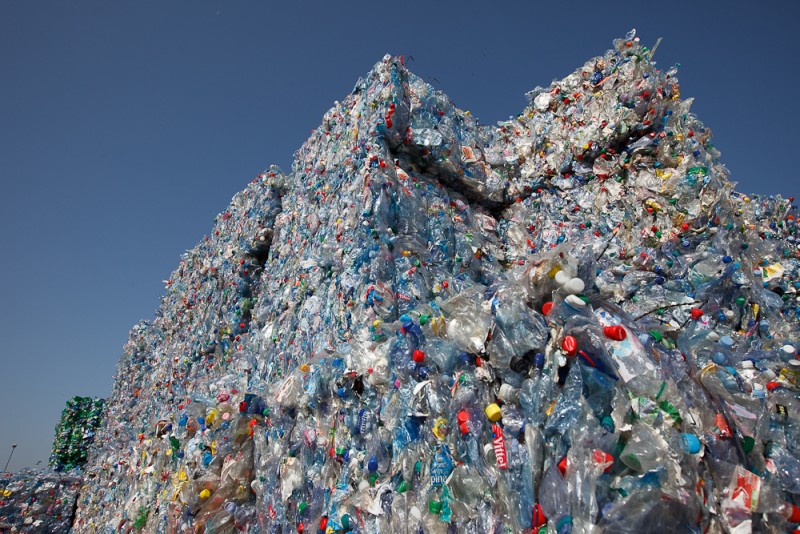In an extensive article in the early 2024 NRC, editor Liza van Lonkhuyzen takes a close look at the so-called sustainability of recycled clothes. What turns out: most clothes labelled recycled are not made from old clothes, but from returned PET bottles. How does that work? Plastic bottles are chopped into small pieces, cleaned, melted and spun to make yarn for textiles that clothing brands market as ‘recycled’.
Good right? No. And for two reasons. First, there is too little investment in something much more complicated, but also much more rewarding: recycling old clothes into new clothes. We call this “post consumer” – it involves used textiles. Garment manufacturers don’t do that, but get the PET bottles from another circular system because it’s so easy and cheap. They leave 2nd-hand textiles unused! Secondly, it seems sustainable, but they forget that you can endlessly make new ones from old PET bottles, while the PET bottles that end up in textiles never make it back into recycled bottles. And not in recycled textiles either, because that hardly ever happens. According to research by Textile Exchange, a network of sustainable textile brands, less than 1 per cent of textiles on the market will be made from old textiles by 2021. The soft drink industry is fishing behind the net and is short of many PET bottles.
Impact plastics on circularity
Besides the above issues with PET bottles, plastic in general is not bio-degradable and plastic in garments release micro plastics during use. The majority of textiles consists of blend between fibers of plastics and cotton. To recycle old textiles the plastic content needs to be separated from the natural fibers. This makes the sorting process of post consumer/used textiles very in-efficient, complex and therefore costly (read the less than 1 per cent above). For this reason at nxtile we started our circular journey with pre consumer waste. This industrial waste creates the perfect entry point to save land, water and avoid CO2 emissions. Want to know more facts about the pro’s and cons on post and pre consumer waste, stay tuned for our next BLOG.
Finally, our advice for PET bottles: Recycle PET bottles for PET bottles and use recycled cotton to really make the textile industry more sustainable. It can be done, and better and better too.

